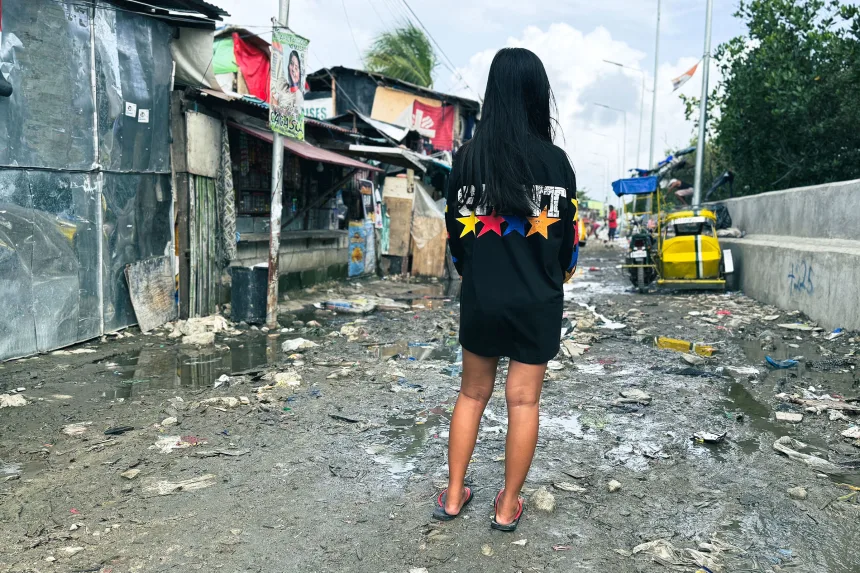The Philippines is facing a rising challenge as more adolescents, including very young girls between the ages of 10 and 14, are giving birth. This troubling increase has drawn urgent attention from both policymakers and advocates, pushing the question of sex education and reproductive health into the spotlight.
A growing number of Filipinos, nearly three out of four according to recent surveys, believe sex education should be taught in schools. They see it as a necessary step to protect young people, empower them with knowledge, and reduce the risks of early pregnancies and sexually transmitted infections. Yet the conversation is far from simple in a country where the Catholic Church holds significant influence over cultural and political life.
Church leaders and conservative voices continue to promote abstinence only education, expressing concerns that comprehensive sex education may encourage promiscuity or “hypersexualize” children. This position has clashed with the push from health experts, educators, and civil society groups who argue that young people are already exposed to risky situations and misinformation. For them, providing accurate and age-appropriate information is the best form of protection.
The Responsible Parenthood and Reproductive Health Act of 2012 was supposed to guarantee reproductive health education in schools and better access to family planning services. However, its implementation has been slow and often inconsistent, especially in conservative areas. A newer measure, the Adolescent Pregnancy Prevention Bill, has passed the House of Representatives but is facing strong resistance in the Senate and from religious institutions.
Advocacy groups such as Likhaan and international organizations like Save the Children continue to push for solutions. They highlight that without action, adolescent pregnancies will remain a cycle of poverty, limiting opportunities for education, employment, and long-term health. Some innovative approaches are already being tested, including digital tools and mobile apps designed to provide young people with safe spaces to learn about sexual health.
The issue goes beyond statistics. Every pregnancy among young adolescents represents a life deeply affected, often by poverty, lack of guidance, and inadequate access to services. As the debate unfolds, the Philippines stands at a crossroads. Will it choose to strengthen policies and prioritize the health and rights of its youth, or continue to struggle under the weight of cultural resistance?
What remains clear is that addressing teen pregnancy is not just a matter of policy, but of compassion, education, and equality.


